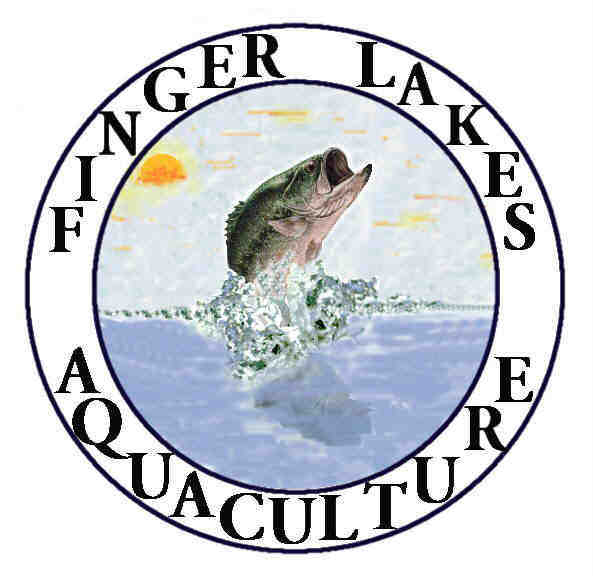The yellow perch is easily distinguished by the 5-9 black vertical bars on their yellow or greenish-yellow sides. Their body shape is described as elongate and slightly compressed. The yellow perch generally grows from 6-12 inches long.
The yellow perch is the most widely distributed member of the perch family and is common throughout New York. It is an important sport fish and also the object of the commercial fishery in the Great Lakes. It is an extremely popular panfish that is excellent to eat. The New York State record yellow perch was caught in Lake Erie in 1982 and weighed 3lbs.8oz. Yellow perch will feed year round, and because of this it is very popular with ice fishing anglers. Perch are relatively easy to catch and often one of the first fish caught by anglers.
Yellow perch will occupy a variety of habitat. They prefer the shallow, weedy, protected sections of lakes, rivers, and ponds, where they often travel in schools Adult perch usually occupy deeper waters than juveniles do. They feed most actively during the day and often rest motionless at night. Young perch feed on different forms of zooplankton, insects, and insect larvae. As perch get larger they feed on a variety of organisms including aquatic insects, crayfish, and small fish.
Perch spawn in early spring when water temperatures reach 45 to 50 F. In ponds they usually spawn just after ice-out. The female swims among sticks and weeds in open, shallow water near shore. She emits a long gelatinous ribbon of eggs a couple of inches wide and 2 to 7 feet long. These ribbons are draped over logs, sticks, and vegetation. As many as a dozen males may follow the female and fertilize the eggs. Eggs may number from 10,000 to 48,000 depending on the size of the female. No parental care is given to the eggs, which hatch in 8-20 days, depending on temperature. Schools of newly hatched perch larvae feed on zooplankton. The yellow perch will live as long as 9-10 years.
As with many of the other panfish, the yellow perch is extremely adaptable and will thrive in most cool and warm farm ponds.
Perch are almost always stocked with walleye, as they are one of the walleye’s preferred foods. In new ponds they can be stocked at a rate of 200 to 300 fingerlings per surface acre. In older ponds with an established population of predator fish, adult breeder perch (6 inches and larger) can be stocked at a rate of 50 per acre.
